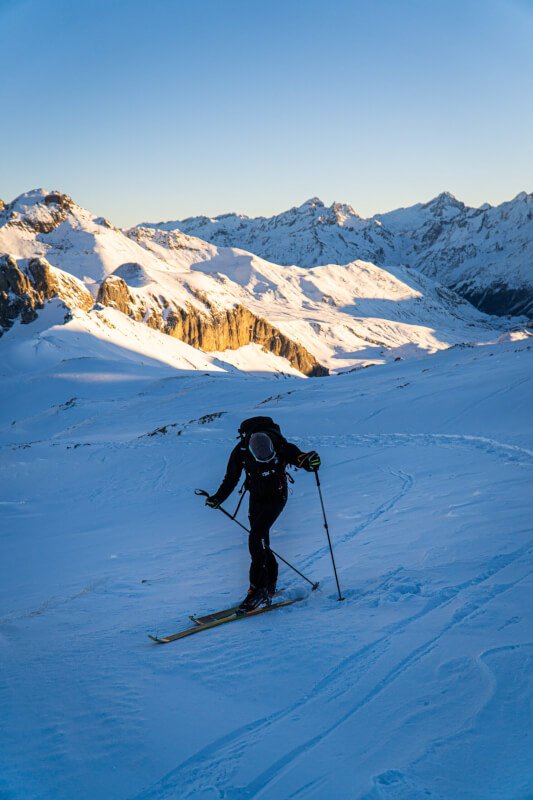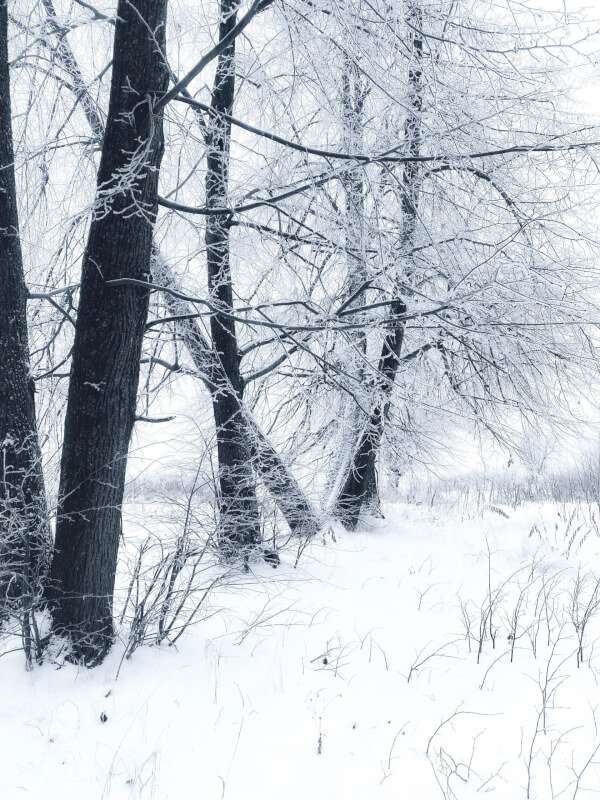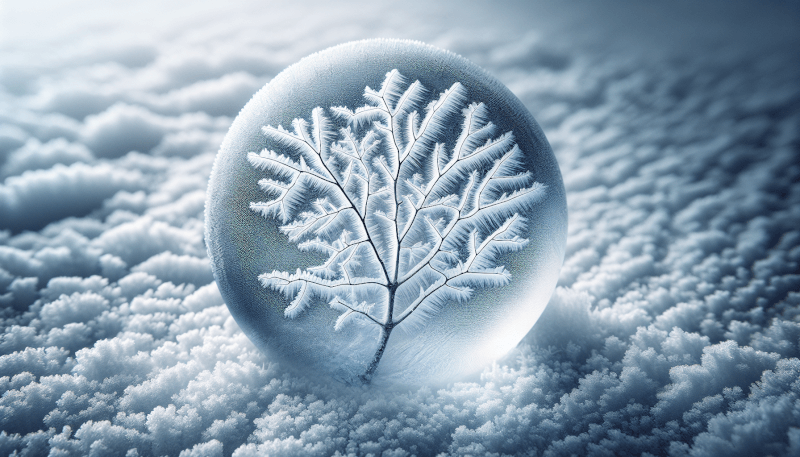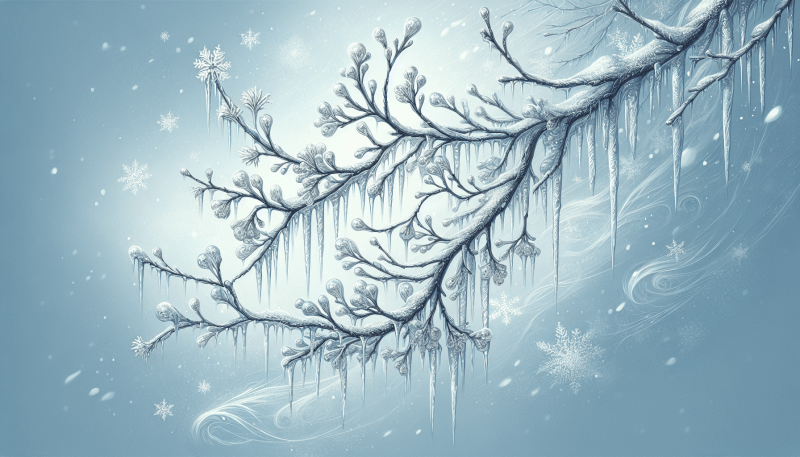Imagine you’re enjoying a peaceful winter day, cozy in your warm clothes and sipping hot chocolate. Suddenly, disaster strikes – a polar vortex hits, leading to harsh freezing temperatures and treacherous conditions. How would you handle the situation? In this article, we explore various cold weather emergencies and provide you with essential tips on how to stay safe and prepared when the cold bites. From frostbite prevention to effectively navigating icy roads, you’ll find all the information you need to weather any winter storm.
Frostbite
Frostbite occurs when the skin and underlying tissues freeze due to prolonged exposure to cold temperatures. It commonly affects extremities such as the fingers, toes, ears, and nose. The initial signs of frostbite include numbness, tingling, and a pale or grayish appearance of the skin. As frostbite progresses, the affected area may become hard and blistered, and severe cases can even result in tissue death.
It is crucial to seek medical attention as soon as possible if you suspect frostbite. While waiting for help to arrive, there are a few steps you can take to provide immediate care. You should move to a warm environment and remove any wet clothing. Gently elevate the affected body part to reduce swelling, and avoid rubbing or massaging it since this can cause further damage.
Preventing frostbite is always better than treating it. Dressing appropriately for the cold weather is essential. Wear multiple layers of loose-fitting clothing to trap heat and insulate the body. Make sure to cover exposed skin with warm and waterproof gloves, hats, scarves, and boots. It’s also wise to limit your time outdoors in extremely cold temperatures and to take frequent breaks indoors to warm up.
Hypothermia
Hypothermia occurs when your body loses heat faster than it can produce it, resulting in a dangerously low body temperature. It can be caused by exposure to cold weather, immersion in cold water, or wearing inadequate clothing. Symptoms of hypothermia include intense shivering, confusion, drowsiness, slurred speech, and a weak pulse.
If you suspect someone is experiencing hypothermia, it’s essential to act quickly. Move them to a warm area and remove any wet clothing. Cover the individual with warm blankets or clothing and provide them with warm liquids if they can safely drink. Call for medical help immediately, as hypothermia can be life-threatening.
Preventing hypothermia is crucial, especially in cold environments. Dressing in layers and wearing insulated, water-resistant clothing can help retain body heat. Keep your head, neck, and hands covered since these areas are more susceptible to heat loss. Avoid prolonged exposure to cold temperatures and wind, and seek shelter or warmth as soon as you start feeling excessively cold.

Winter Storms
Winter storms can bring a variety of hazardous conditions such as heavy snow, freezing rain, strong winds, and low temperatures. Being prepared is essential to ensure your safety during these severe weather events.
There are several types of winter storms, including blizzards, ice storms, and snowstorms. Blizzards are characterized by strong winds, blowing snow, and low visibility. Ice storms occur when freezing rain coats surfaces, creating hazardous and slippery conditions. Snowstorms, on the other hand, bring heavy snowfall, potentially leading to impassable roads and power outages.
Preparing for a winter storm involves taking a few important steps. Stock up on essential supplies such as non-perishable food, water, medications, and extra blankets or clothing. Have a flashlight and batteries on hand in case of power outages. It’s also wise to keep a full tank of gas in your vehicle and to have a reliable means of communication, such as a battery-operated radio, in case of emergencies.
During a winter storm, it’s crucial to stay indoors if possible. Avoid unnecessary travel, as roads may be treacherous and visibility poor. If you must go outside, dress in warm layers and avoid overexertion, which can lead to sweating and subsequently increase heat loss. Keep an eye on weather updates and follow any advisories or warnings issued by local authorities.
After a winter storm, ensure that it is safe to venture outside before doing so. Clear any snow or ice from walkways and driveways to prevent slips and falls. If you are using a snowblower or shovel, take frequent breaks and avoid straining your body. Also, check on neighbors, particularly the elderly or those who may require assistance, to ensure their well-being.
Snowstorms
Snowstorms can be beautiful but also pose significant risks. Proper safety measures and preparedness can help you navigate these wintry events without incident.
When it comes to snowstorms, being prepared is key. Have an emergency kit stocked with essential supplies like food, water, medications, flashlights, and extra batteries. It’s also important to monitor weather forecasts and prepare your home by sealing any drafts and insulating pipes to prevent freezing and bursting.
During a snowstorm, it’s advisable to stay inside and avoid unnecessary travel. If you must go out, dress warmly and in layers to protect against the cold. Take short breaks if engaging in strenuous activities like shoveling to avoid overexertion. Keep an eye on signs of frostbite and hypothermia, and seek medical attention if necessary.
After a snowstorm, take precautions when clearing snow from driveways and walkways. Utilize proper snow removal tools and be mindful of your physical limits to prevent injuries. Additionally, keep an eye out for downed power lines or tree limbs, as they may pose a hazard. Report any damage or safety concerns to the appropriate authorities.

Ice Storms
Ice storms can create treacherous conditions, making it essential to take appropriate safety measures and be prepared in advance.
Ensuring your safety during an ice storm starts with adequate preparation. Stock up on necessary supplies, including non-perishable food, drinking water, and batteries. It’s also important to have a backup heating source, such as a generator or alternative fuel, in case of power outages. Preventing frozen pipes is crucial, so insulate them properly and keep faucets dripping during extremely cold weather.
During an ice storm, it is best to stay indoors if possible. Do not attempt to drive or walk unless it is absolutely necessary, as surfaces may be slippery and dangerous. If you have to venture outside, wear appropriate footwear with good traction and take slow, deliberate steps. Be cautious of falling icicles and tree branches, which can pose a significant hazard during and after the storm.
After an ice storm, be mindful of hidden dangers. Melting ice can create slippery surfaces, so use caution when walking or driving. Inspect your home for any damage caused by falling branches or ice accumulation. Clear away any fallen limbs or debris promptly, and report any hazardous conditions to the appropriate authorities.
Avalanches
Understanding avalanches and taking the necessary safety measures is essential for those venturing into mountainous regions during winter.
Avalanches occur when a mass of snow rapidly slides down a mountainside. They can be triggered by snowfall, wind, or human activity. Understanding how avalanches form and what factors contribute to their occurrence is crucial for staying safe in these environments.
When it comes to avalanche safety, there are several measures you can take. Before heading into avalanche-prone areas, educate yourself about current weather and snow conditions. Pay attention to avalanche forecasts and warnings issued by local authorities or professional avalanche forecasters. Travel with others, inform someone of your plans, and carry essential safety equipment such as avalanche beacons, shovels, and probes.
If caught in an avalanche, time is of the essence. Try to move horizontally and fight to stay on the surface. Swim or roll with the current to stay near the top of the moving snow. Once the avalanche begins to slow down, try to create an air pocket in front of your face to facilitate breathing. If possible, use your hand or a stick to create a space for fresh air.

Winter Driving
Safe driving in winter conditions requires extra caution and a few essential tips to ensure a smooth and secure journey.
When it comes to winter driving, preparation is crucial. Before hitting the road, make sure your vehicle is in good condition by checking the tires, battery, brakes, and fluids. Equip your vehicle with winter essentials such as an ice scraper, shovel, jumper cables, and emergency supplies. Keep the gas tank at least half full to prevent fuel lines from freezing.
While driving in snowy or icy conditions, it’s important to adjust your behavior accordingly. Drive at a slower speed and leave extra space between vehicles to account for longer stopping distances. Use your headlights and keep them clean for optimal visibility. Avoid sudden braking or accelerating to maintain traction, and steer smoothly and steadily when navigating curves or turns.
If you find yourself stranded in a snowstorm, staying calm and following a few crucial steps can help ensure your safety. Stay in your vehicle and avoid overexertion to conserve heat. Run the engine and heater periodically, but be cautious of carbon monoxide buildup. Tie a bright cloth to the antenna or place a distress sign in the window to signal for help.
Frozen Pipes
Preventing frozen pipes and knowing how to thaw them safely are essential for avoiding costly damage to your plumbing system during winter.
Prevention is key when it comes to frozen pipes. Insulate exposed pipes and ensure that any gaps or cracks in exterior walls are sealed to prevent cold air from reaching them. Keep cabinet doors open to allow warm air to circulate around pipes under sinks. During extremely cold weather, let faucets drip slightly to alleviate pressure and prevent freezing.
If you encounter frozen pipes, it’s essential to thaw them carefully to avoid causing further damage. Start by opening the faucet connected to the frozen pipe to relieve pressure. Apply gentle heat to the pipe using a hairdryer, heating pad, or warm towels. Never use an open flame or high-heat devices, as they can lead to pipe damage or even fires.
In the unfortunate event of a burst pipe, it’s crucial to act quickly to minimize damage. Shut off the main water supply to your home to prevent further flooding. Drain any remaining water by opening faucets and flushing toilets. Contact a professional plumber to assess and repair the burst pipe as soon as possible.

Carbon Monoxide Poisoning
Carbon monoxide (CO) is a colorless, odorless gas that can be extremely dangerous if inhaled. Understanding its sources and taking preventive measures is essential for keeping you and your loved ones safe.
Carbon monoxide can be produced by various sources, including faulty heating systems, gas-powered appliances, generators, and vehicles running in confined spaces. Preventing carbon monoxide poisoning starts with proper maintenance of heating systems, chimneys, and venting systems. Avoid using gas-powered equipment indoors or in unventilated areas.
To prevent carbon monoxide poisoning, it’s important to have CO detectors installed in your home. Place them near sleeping areas and on every level of your home. Test the detectors regularly to ensure they are functioning correctly and replace batteries as needed. It’s also crucial to never use gas-powered appliances as a heating source and to keep vehicles running in garages with proper ventilation.
If you suspect carbon monoxide poisoning, act immediately. Move to fresh air and call emergency services. Avoid re-entering the affected area until professionals have determined it is safe. Seek medical attention to assess any potential health effects, as carbon monoxide poisoning can be life-threatening.
Power Outages
Power outages can occur during winter storms, leaving you without heat, light, and other essential resources. Being prepared can help you navigate these situations effectively.
Preparing for a power outage involves taking a few crucial steps. Have an emergency kit stocked with essential supplies like flashlights, batteries, non-perishable food, water, and blankets. Consider having a backup heating source, such as a generator or alternative fuel, to keep your home warm. It’s also wise to keep a charged power bank or extra batteries for your mobile devices.
During a power outage, it’s crucial to stay calm and prioritize safety. Use flashlights instead of candles to minimize fire risks. Keep refrigerator and freezer doors closed as much as possible to preserve food. Dress warmly in layers to retain body heat. If using an alternative heating source, ensure proper ventilation and follow manufacturer instructions.
After a power outage, check with local authorities or power companies for updates on when electricity is expected to be restored. Once power is restored, slowly begin to reconnect and turn on electrical devices to avoid overloading circuits. Inspect your home for any damage caused by the outage and report any concerns to the appropriate authorities.
By following these guidelines for various cold weather emergencies, you can increase your safety and be better prepared to handle unexpected situations. Stay informed, stay warm, and take the necessary precautions to make the most of the winter season while keeping yourself and others protected.



